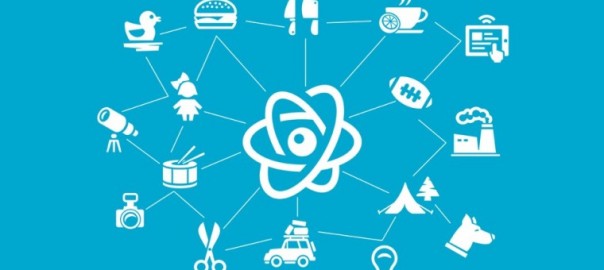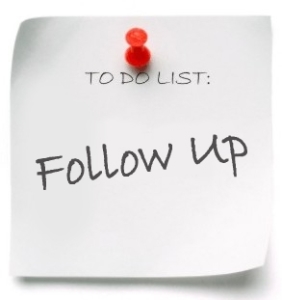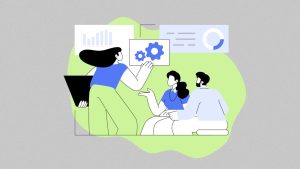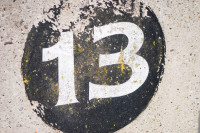Creativity lies within all of us. Contrary to popular belief, you are not just born with it. Being creative is (Dare I say it?) a process. It is defined as a cognitive process that produces new ideas or transforms old ideas into updated concepts.

Creativity happens all of the time, whether you’re consciously thinking about it or not. Some of the greatest accomplishments in brand history came from an idea that grew into another idea. Take the Nike slogan, or the invention of Post-it® Notes. How about the doll that became Barbie? It’s hard to believe such an iconic figure was actually based on a German working girl.
As a marketing agency, it’s vital that we be creative problem solvers. From building brands to building proposals, our clients and our work require out-of-the-box thinking if we want to stay ahead of the game. It’s engrained in our work – and our culture.

So, the more aware we are of the creative process, the better the results we will have. Some people say there are four stages in the process. Others say seven. At Bulldog, we like to keep it simple. Here’s how, in three basic steps, we tap into our creative minds:
1.Inspiration: The spark to create

“Creativity is just connecting things…When you ask creative people how they did something, they feel a little guilty because they didn’t really do it, they just saw something. It seemed obvious to them after a while. That’s because they were able to connect experiences they’ve had and synthesize new things.”
—Steve Jobs
It is through inspiration that you can build on ideas and create new ones. Start with research. What has previously been done? What was done well? What wasn’t? What would you change? The more you expose yourself to, the better you can formulate a solution.

An assignment I was given recently involved writing copy for an infographic. Since this was new territory for me, I spent hours Googling best practices on these new ways of storytelling. Eventually, in reviewing a few dozen, I had the framework for what I wanted to create.
Sometimes though, it takes more than some web surfing to inspire creativity. It really depends on the project at hand. Say you want to plan a trip overseas, landscape your backyard, or try out a new method of cooking. These take preparation and the desire to try something new.
Inspiration can come from anywhere – a hike, a song you heard, a TED talk, a new relationship or a blog – so explore the world around you and get the creativity flowing.
2.Creation: The science behind your thoughts

Now, it’s time to make your ideas come to life. Write, type, record; whatever you need to do to keep building on them. Remember, these are just drafts. And when you think you have ideas to fill a lifetime, you will most likely hit a wall. You tell yourself to “think harder” yet nothing comes out.

Typically, when you are confronted with a problem, the prefrontal cortex, which is responsible for executive functions – what’s good and bad, right or wrong, same or different and much more – processes the information in a linear fashion. Found in the front of the brain, this vital part is not only your reason and logic center, but is also responsible for processing feelings and in turn, implicates consciousness.
Since creative problem solving is a non-linear process performed in a part of the brain that we have no direct control over – the subconscious – thinking harder actually inhibits the creative process. This seems counter-intuitive, but by thinking hard, you are diverting energy away from the parts of the brain that are good at problem-solving.

So when you feel blocked mentally, the best thing to do is to actually STOP thinking. Relax your mind and trust your subconscious. Take a walk, or go exercise. And, if at all possible, sleep on the problem. Numerous studies show that people are best at creative thinking when they are tired. This is because the prefrontal cortex is shutting down and more energy is being used by the subconscious.
Once your subconscious solves the problem, it will send your prefrontal cortex specific step-by-step instructions on how to achieve the goal – the famous Aha Moment. Now, not only do you know exactly what you are doing, but what seemed impossible earlier seems painfully obvious now. All of the fear and doubt you had in the beginning of the process are replaced with confidence and excitement. You are now in the Zone. Here, everything is clear and you can create anything.
3.Implementation: Selling your idea

When it feels like you have created a masterpiece, make sure you review and then review some more. Have the goals been met? Do I stand behind this? Will this work or should I start over? Without this step, your idea becomes nothing more than a pipe dream.
Once you feel confident, you can begin to: Put. It. Out. There. The only way to know if your idea is any good is to socialize it. Show it to as many people as possible. Swallow your pride and allow your peers to give you feedback. Remember, this is not your baby. This collaboration leads to improvement and in the end, makes your idea the best it can be.

The creative process is cyclical and can often take a while to get to your end goal. But, it is through this process that we learn and become better marketers, programmers, copywriters, project managers, etc. By taking risks and facing our fears, it’s how we continue to innovate and grow. Baby, we weren’t born this way!
Business & Finance Articles on Business 2 Community(167)
Report Post







